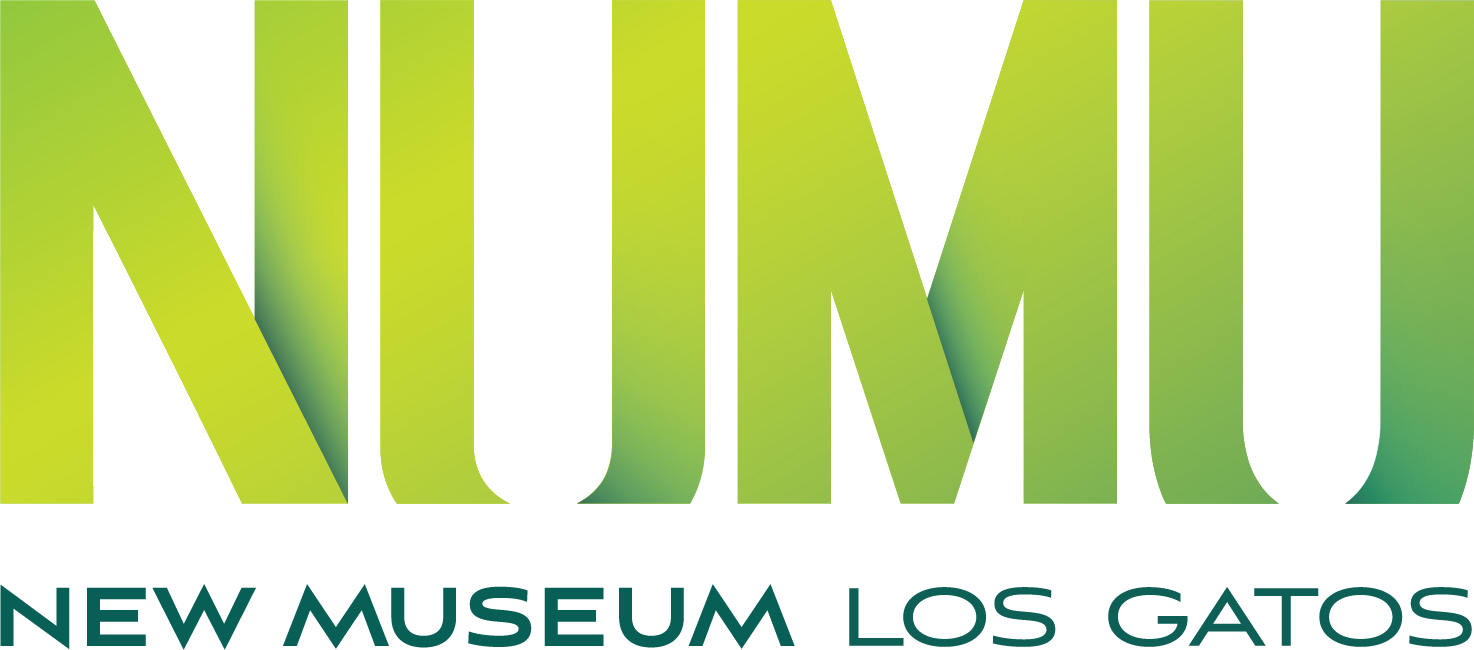The recorded history of Los Gatos goes back to at least 1840, when the Mexican government granted a land patent to Sebastian Peralta and Jose Hernandez. Originally known as La Rinconada de Los Gatos (Cat’s Corner,) it was named for the pumas that could be heard throughout the mountains. In 1868, 100 acres of the Peralta/Hernandez rancho was selected as a town site, and Los Gatos was officially incorporated in 1887. This meant elected officials and the centralized record keeping of businesses, tax payments, and town improvements, as evidenced here in a town ledger. What other kinds of information might we glean from these ledgers?
Businesses and inventions were thriving in Los Gatos prior to the town’s incorporation. The Forbes flour mill was built in 1854 by James Forbes, with an addition in 1880 that still stands. The Bean Spray Pump Company sold agricultural pumps to assist in protecting crops from harmful pests. Zephyr (Zepf) Macabee developed the Macabee Gopher Trap that was manufactured in his home on Loma Alta Avenue until the 1980s. It is still the leading gopher trap sold on the West coast and the design is nearly identical to the original.
Here, you can view an early map of Los Gatos from 1891, with familiar names such as Macabee, Forbes, and Lyndon dotting the streets and neighborhoods. We are curious about what kinds of dwellings and communities were not recorded on a map, such as the Chinese communities of railroad laborers, or other marginalized immigrant and native communities of people.
What under-recognized person or group should have a street named for them? What would you include if you were to start planning a town from scratch? How would you consider the use of natural resources?
For Further Reading:


